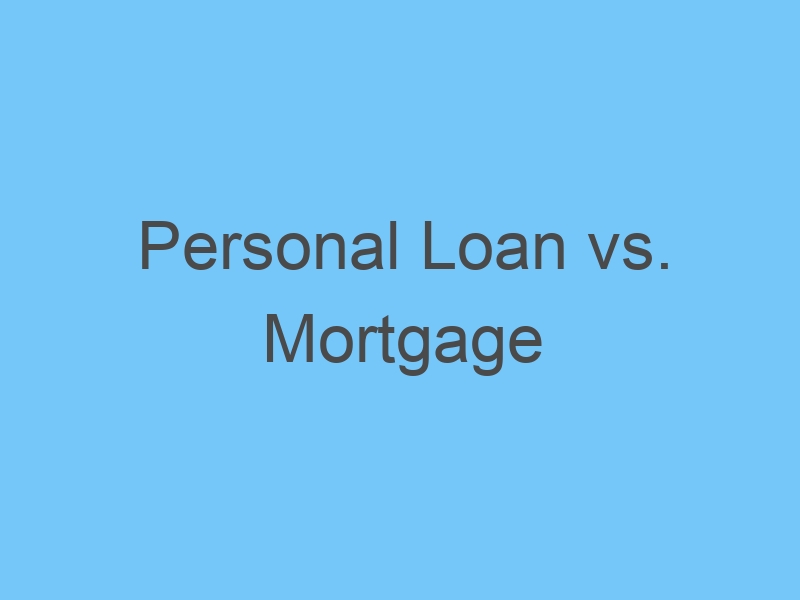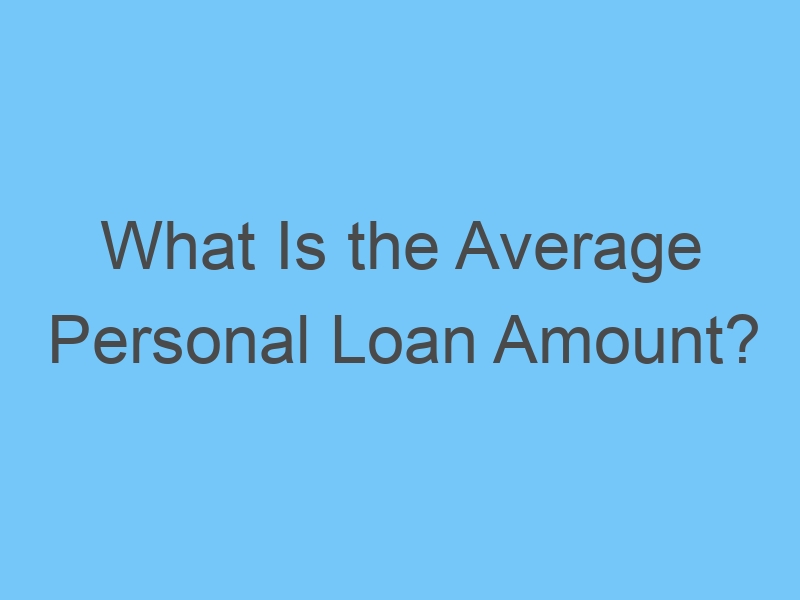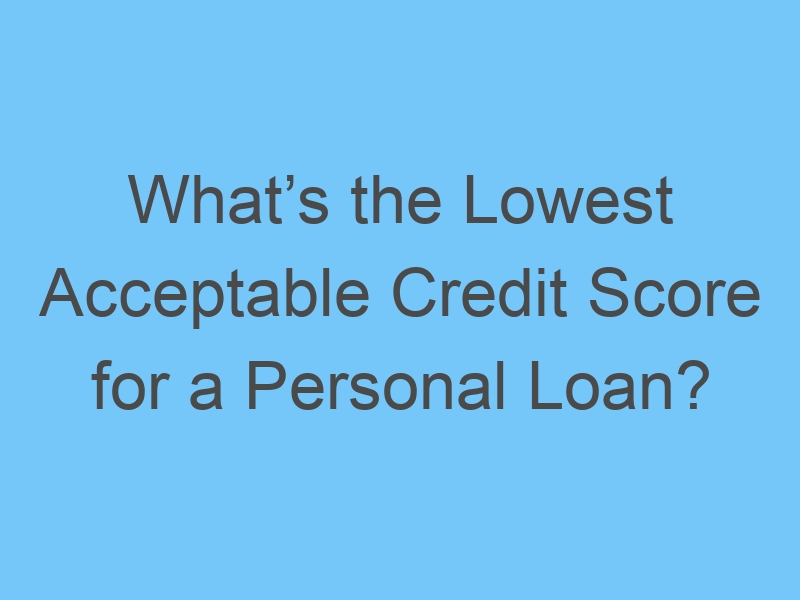
How to Apply for Student Loans
Applying for student loans involves several steps, whether you’re seeking federal student loans or private student loans. Here’s a general guide on how to apply for student loans:
1. Determine Your Eligibility: Before applying for student loans, make sure you meet the eligibility criteria. For federal student loans, you must be a U.S. citizen or eligible non-citizen, have a valid Social Security number, and be enrolled or accepted at an eligible educational institution. Private lenders may have their own eligibility requirements.
2. Complete the Free Application for Federal Student Aid (FAFSA): For most federal student loans, including Direct Subsidized and Unsubsidized Loans, you’ll need to complete the FAFSA. The FAFSA is available online and should be submitted annually. It gathers information about your family’s financial situation to determine your eligibility for federal aid.
3. Receive Your Student Aid Report (SAR): After submitting the FAFSA, you’ll receive a Student Aid Report (SAR) that summarizes the information you provided. Review your SAR for accuracy and make any necessary corrections.
4. Review Financial Aid Award Letters: Once your chosen schools receive your FAFSA information, they will send you financial aid award letters detailing the types and amounts of financial aid you’re eligible to receive, including grants, scholarships, work-study, and federal student loans.
5. Accept or Decline Aid: Review each school’s financial aid offers and decide which aid you want to accept. You can choose to accept all, some, or none of the aid offered.
6. Complete Loan Entrance Counseling: If you’re a first-time borrower of federal Direct Subsidized or Unsubsidized Loans, you’ll need to complete loan entrance counseling. This online session provides information about your rights and responsibilities as a borrower.
7. Sign the Master Promissory Note (MPN): To accept federal student loans, you’ll need to sign a Master Promissory Note (MPN), which is a legally binding agreement to repay the loan. The MPN outlines the terms and conditions of the loan.
8. Apply for Additional Aid if Needed: If the financial aid you’ve been offered doesn’t cover your educational expenses, you can explore additional sources of aid, such as private student loans or scholarships.
9. Research and Apply for Private Student Loans (if applicable): If you still need funding after exhausting federal aid options, you can research and apply for private student loans. Compare interest rates, terms, and repayment options from different lenders to find the best fit for your needs.
10. Complete Loan Counseling (if required): Some schools or lenders may require you to complete loan counseling specific to their institution or loan program.
Remember that federal student loans generally offer more favorable terms and borrower protections than private student loans. Before applying for any type of loan, carefully review the terms and consider your ability to repay. It’s recommended to explore scholarships, grants, and work-study opportunities before taking on student loan debt.

Dr Clara Lee is specializes in aesthetic/cosmetic plastic surgery of the face, nose, breast and body, and is considered one of the best facial plastic surgeons in the world. MD, FACS, is highly qualified and experienced in the field of plastic surgery and aesthetic care and has performed over 10,000 surgical procedures.
About
Dr. Clara Lee couples his outstanding professional credentials and ethics with a personalized approach to patient care and a keen eye for aesthetic beauty.
Specialties: plastic surgeon, plastic surgery
by Clara Lee
Reviewed by Clara Lee
approved by Dr Clara Lee





